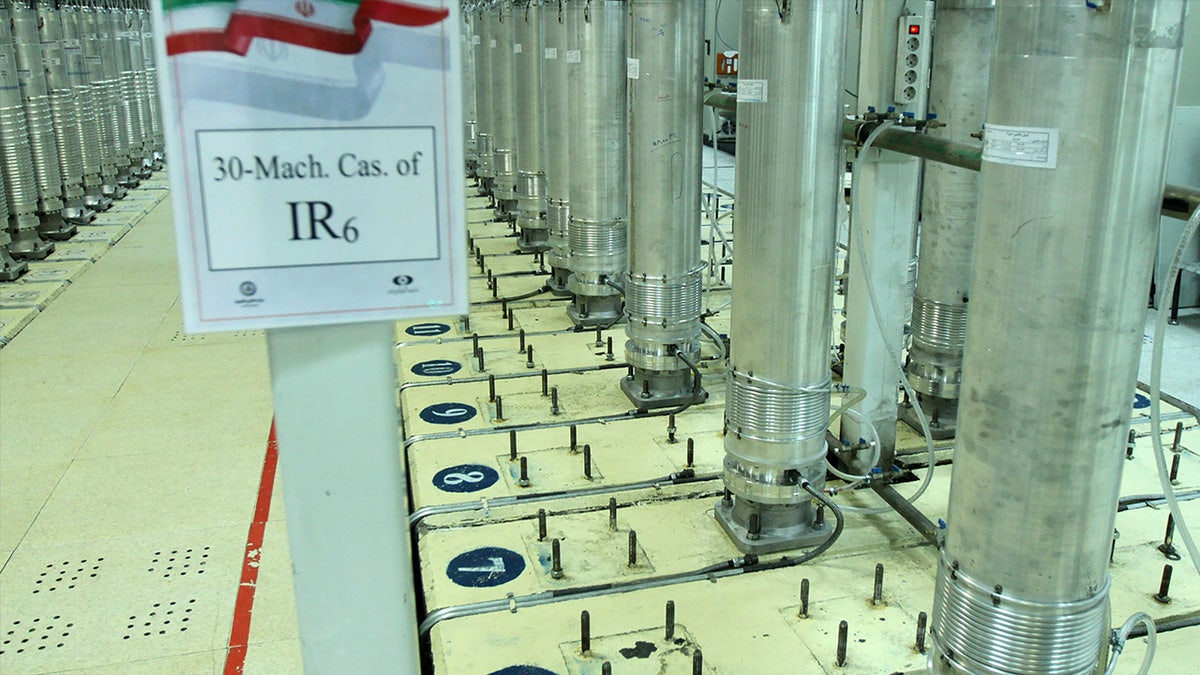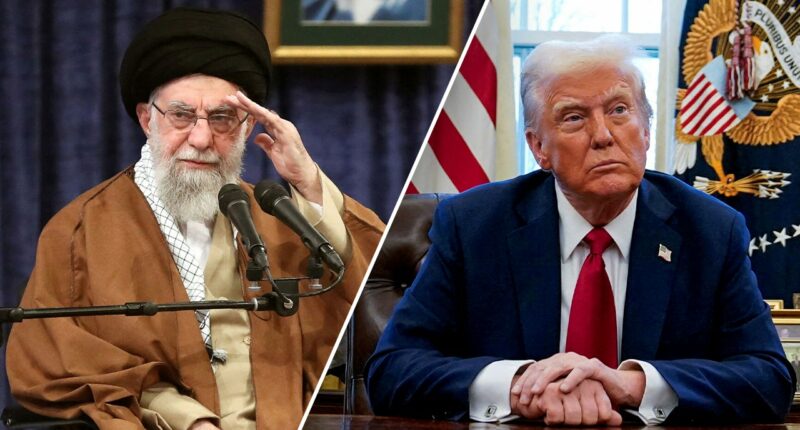Delegates from the United States and Iran are meeting in Oman on Saturday in a sensitive attempt to resume negotiations over Tehran’s contentious nuclear program.
The discussions involve Iran’s Foreign Minister Abbas Araghchi’s intermediary and U.S. Mideast envoy Steve Witkoff, occurring nearly seven years after President Donald Trump walked away from the nuclear agreement with global powers in 2018. Since that time, indirect conversations between the two longstanding opponents have seen no advancement.
Trump has imposed new sanctions on the Islamic Republic as part of his “maximum pressure” campaign and has suggested military action remained a possibility. Despite this, the president has said he still believed a new deal could be reached by writing a letter to Iran’s 85-year-old Supreme Leader Ayatollah Ali Khamenei, which he sent early last month.
Khamenei, meanwhile, has warned that Iran would respond to any U.S.-led attack with an attack of its own.
In the decades since, Iran-U.S. relations have see-sawed between enmity and grudging diplomacy, with relations peaking when Tehran made the 2015 nuclear deal with world powers before Trump withdrew from the deal, sparking more tensions in the Mideast that persist today.

FILE – This photo released on Nov. 5, 2019, by the Atomic Energy Organization of Iran shows centrifuge machines in the Natanz uranium enrichment facility in central Iran. (Atomic Energy Organization of Iran via AP, File)
Under the original 2015 nuclear deal, Iran was allowed to enrich uranium up to 3.67% purity and to maintain a uranium stockpile of 661 pounds. The last report by the International Atomic Energy Agency on Iran’s program put its stockpile at 18,286 pounds as it enriches a fraction of it to 60% purity.
U.S. intelligence agencies assess that Iran has yet to begin a weapons program, but has “undertaken activities that better position it to produce a nuclear device, if it chooses to do so.”
Iran has insisted for decades that its nuclear program is peaceful. However, its officials increasingly threaten to pursue a nuclear weapon. Iran now enriches uranium to near weapons-grade levels of 60%, the only country in the world without a nuclear weapons program to do so.
The Associated Press contributed to this report.

















